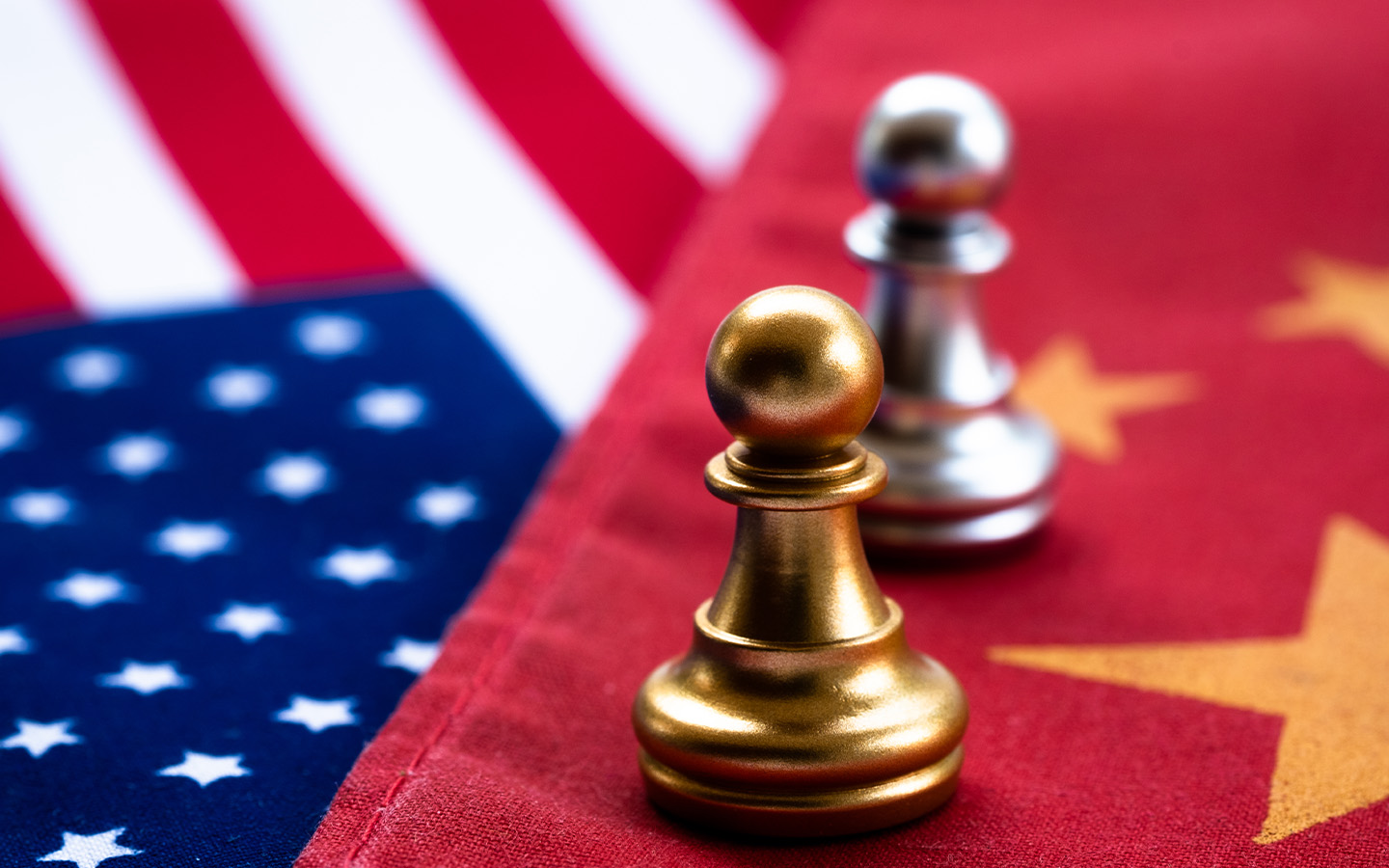Beijing appointed a new top international trade negotiator at its Ministry of Commerce on Wednesday, as trade tensions with the US failed to show any sign of abating. Li Chenggang, who was China’s ambassador to the World Trade Organization, has taken over from former vice commerce minister Wang Shouwen, Reuters reports
Li, 58, was an assistant commerce minister during US President Donald Trump’s first administration. It’s unclear whether Wang, 59, had been offered a post elsewhere in the government. No details were given by the ministry in its statement confirming Li’s new role.
Alfredo Montufar-Helu, a senior adviser to the China Centre of the Conference Board – a US-headquartered business research organisation – portrayed the shift to Reuters as “very abrupt and potentially disruptive.”
[See more: US tariffs will impede the growth of Macao’s casino industry, local experts warn]
“We can only speculate as to why this happened at this precise moment; but it might be that in the view of China’s top leadership, given how tensions have continued escalating, they need someone else to break the impasse in which both countries find themselves and finally start negotiating,” Montufar-Helu argued.
China was the only country to impose retaliatory tariffs on the US after Trump’s so-called “Liberation Day” announcement earlier this month, which saw “reciprocal tariffs” of between 10 and 50 percent slapped on almost 90 of the US’ trade partners. China was also the only country that didn’t benefit from the 90-day reprieve Trump granted hours after the new rates were enforced on 9 April.
An escalating tariff war means most Chinese imports to the US now face levies of 145 percent, while all US imports to China receive a 125 percent rate.
[See more: President Xi Jinping embarks on a Southeast Asian tour amid US tariff chaos]
However, the White House recently said its taxes on certain Chinese goods are actually up to 245 percent when taking into account Section 301 tariffs. These are additional duties of up to 100 percent imposed on imports from nations the US accuses of violating fair trade practices.
Trump has argued that increasing the cost of US imports would recreate the golden age of US manufacturing, spur local consumers to buy more American-made goods, and increase the amount of investment in the country. He also claimed that the US’ trade partners have “looted, pillaged, raped and plundered” the US though their unfair trade policies – citing America’s steep trade deficits as evidence.
On Tuesday, an editorial by state news outlet China Daily countered that the US was “not getting ripped off by anybody … [rather it] has been taking a free ride on the globalisation train.” It urged the US to “stop whining about itself being a victim in global trade and put an end to its capricious and destructive behaviour.”
[See more: Three macroeconomic indicators worth monitoring in the current tariff climate]
White House press secretary Karoline Leavitt has insisted that “the ball is in China’s court,” when it comes to resolving tensions between the world’s two most powerful economies – a suggested that Beijing strong rebuffs.
Yesterday, a spokesman for the Foreign Ministry told the press that “this tariff war was initiated by the US side” and said that the US needed to “stop threatening and blackmailing” before Beijing would consider engaging in dialogue. China also says it is more than willing to “fight to the end” to defend its legitimate rights and interests.






